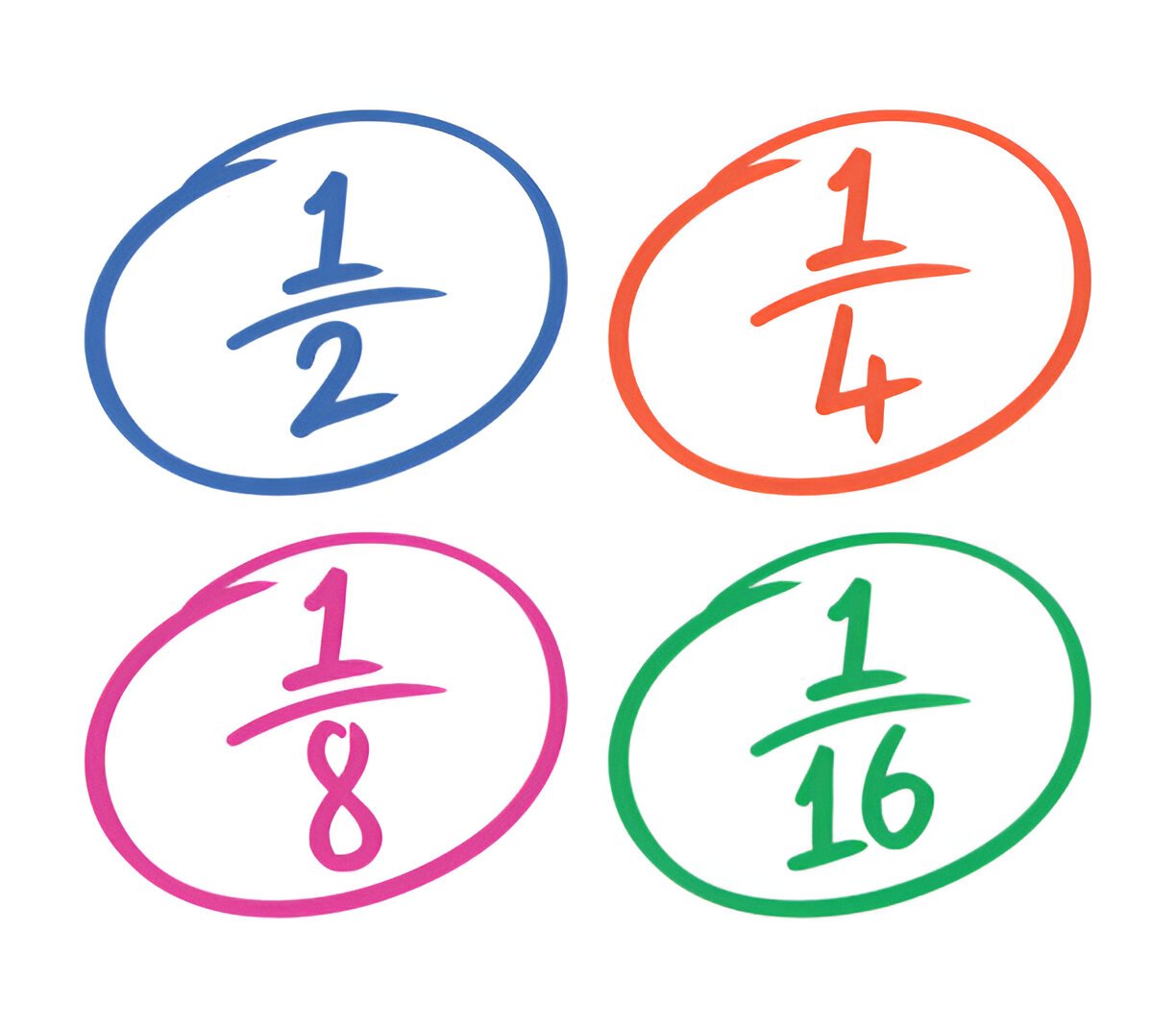Mathematics can be challenging, especially when it comes to fractions. Many students and adults alike find themselves puzzled when faced with the task of multiplying fractions with whole numbers. However, mastering this skill is crucial for various real-world applications, from cooking and construction to more advanced mathematical concepts. This guide aims to demystify the process and provide a clear understanding of how to multiply fractions with whole numbers.
In the following sections, we’ll break down the fundamentals of fractions and whole numbers, ensuring a solid foundation for learning. We’ll then walk through a step-by-step approach to multiply fractions with whole numbers, covering both improper fractions and mixed numbers. By the end of this guide, readers will have the knowledge and confidence to tackle fraction multiplication with ease, opening doors to further mathematical exploration and practical problem-solving skills.
Understanding Fractions and Whole Numbers
What are fractions?
Fractions represent parts of a whole or a collection of objects. They consist of two parts: the numerator (top number) and the denominator (bottom number). The numerator indicates how many equal parts are taken, while the denominator shows the total number of equal parts. For example, in the fraction 3/4, 3 is the numerator and 4 is the denominator.
What are whole numbers?
Whole numbers are positive integers including zero. They are represented by the symbol “W” and include the set {0, 1, 2, 3, 4, …}. Whole numbers do not include fractions, decimals, or negative numbers. They have properties such as closure under addition and multiplication, commutativity, and associativity.
The relationship between fractions and whole numbers
Whole numbers can be expressed as fractions with a denominator of 1. For instance, 3 can be written as 3/1. Conversely, when a fraction’s numerator equals its denominator, it represents a whole number. For example, 4/4 equals 1. This relationship highlights how fractions and whole numbers are interconnected within the broader set of rational numbers.
ALSO READ:How to Tell if a Girl Likes You: Top 10 Signs to Watch
Step-by-Step Guide to Multiplying Fractions with Whole Numbers
Convert the whole number to a fraction
To multiply a fraction by a whole number, the first step is to convert the whole number into a fraction. This is done by placing the whole number over 1. For example, 5 becomes 5/1.
Multiply the numerators
Once the whole number has been converted, multiply the numerators of both fractions. For instance, when multiplying 2/3 by 4 (now 4/1), multiply 2 and 4 to get 8.
Multiply the denominators
Next, multiply the denominators. In the example of 2/3 × 4/1, multiply 3 and 1 to get 3.
Simplify the result
After multiplying, simplify the resulting fraction if possible. In our example, 8/3 cannot be simplified further. However, it can be expressed as a mixed number: 2 2/3.
Remember, simplifying before multiplying can make calculations easier without changing the final answer. For instance, when multiplying three or more fractions, apply the same principles: multiply all numerators and all denominators, then simplify the result.
Conclusion
Mastering the multiplication of fractions with whole numbers opens up a world of practical applications and advanced mathematical understanding. This guide has broken down the process into simple, digestible steps, making it easier to grasp and apply. By following these steps, students and adults alike can tackle fraction multiplication with confidence, enhancing their problem-solving skills in various real-world scenarios.
The concepts covered here lay a solid foundation to explore more complex mathematical ideas. As readers practice and become more comfortable with these techniques, they’ll find that what once seemed daunting becomes second nature. This newfound skill has the potential to boost confidence in math and open doors to further learning, proving that with the right approach, even challenging mathematical concepts can be mastered.
FAQs
1. What is a simple method to multiply a fraction by a whole number?
To multiply a fraction by a whole number easily, multiply the numerator (top number) of the fraction by the whole number, and keep the denominator (bottom number) the same. For example, multiplying 3/4 by 8, you calculate (3*8)/4, which simplifies to 24/4, and then to 6.
2. What are the steps to multiply fractions?
To multiply two fractions, follow these steps:
- Step 1: Multiply the numerators (top numbers) of the fractions.
- Step 2: Multiply the denominators (bottom numbers) of the fractions.
- Step 3: Simplify the resulting fraction to its lowest terms.
3. How do you multiply whole numbers step by step?
To multiply whole numbers using the standard algorithm, follow these steps:
- Multiply the ones digit of the first number by the second number. Write down the result, carrying over any tens as necessary.
- Next, multiply the tens digit of the first number by the second number, adding any carried over digits to this result.
4. How can you easily multiply fractions for beginners?
To multiply fractions easily, simply multiply the numerators together to get the new numerator, and multiply the denominators together to get the new denominator. Simplify the resulting fraction if possible. For example, to multiply 1/2 by 3/4, multiply 1 and 3 to get 3, and 2 and 4 to get 8, resulting in the fraction 3/8.
ALSO READ:How to Tell if a Girl Likes You: Top 10 Signs to Watch




